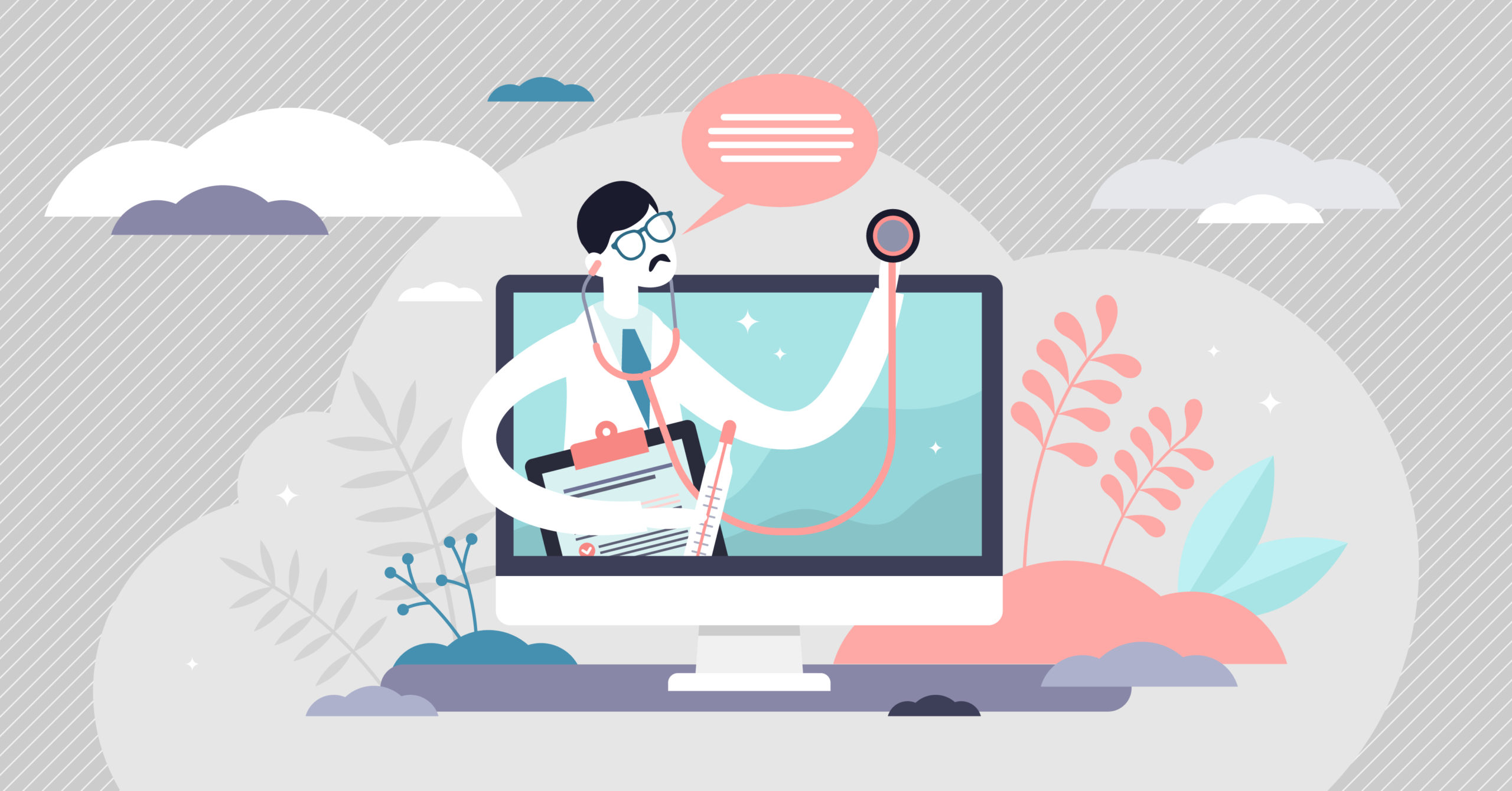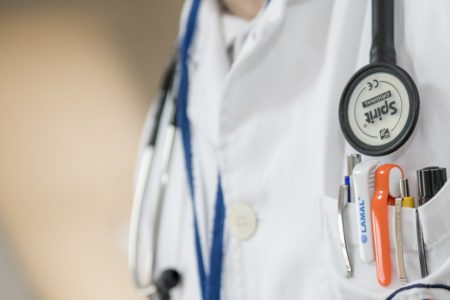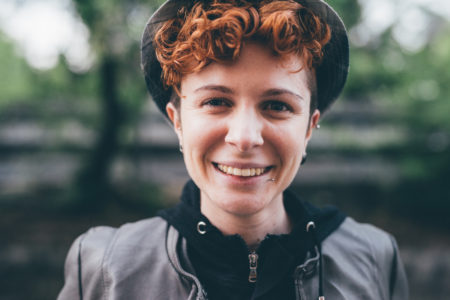We spoke with Lighthouse provider Dr Jason Kindt, Medical Director of The Friedman Health Center for the Performing Arts, to learn more about the ways people are using telehealth and the importance of staying physically distant while socially connected.
As the fight against COVID-19 wages on, people across the globe continue to grapple with how to protect themselves and their loved ones. And while virtually no group has gone unaffected by the virus, the LGBTQ+ community faces unique challenges when it comes to COVID-19. According to a report by the Human Rights Campaign, the top 5 industries in which LGBTQ adults work put them at higher risk of exposure to the virus and its economic fallout. Given these vulnerabilities, it’s crucial that community members know how to receive specialized, competent, LGBTQ+ affirming care during these uncertain times. As the world adapts and looks toward slowly reopening, access to timely care that limits the spread of disease remains a priority. To accomplish this, many have turned to telehealth, an invaluable tool connecting patients to comprehensive care from the safety of their homes.
Providing Comprehensive Care from a Safe Distance
The Health Resources Services Administration defines telehealth as the use of electronic information and telecommunications technologies to support long-distance clinical health care. For nearly half of America’s physicians, this means phone calls, emails, and video visits are the new normal in the screening and triage of potential COVID-19 cases. In an effort to keep patients and staff physically distant, practices like Dr. Kindt’s have postponed all routine appointments and shifted to seeing as many sick people as possible through video visits. Telehealth is helping many overcome barriers to accessing care, connecting providers to patients to assess the severity of their symptoms, decide if their infection is viral or bacterial, and advise them on how to manage their health at home with close follow up. For some, in-office visits may be necessary. Otherwise, the goal of primary care physicians is to look after people while keeping them away from medical facilities.
To the technologically-averse patient wary of telemedicine, Dr. Kindt says video visits allow providers to see a rather full picture of a patient’s health. “I have some patients I call everyday,” says Kindt. “How’s your fever? How’s your breathing? Are you able to count to 30 out loud? There are ways to assess their lung function remotely without having them go into the hospital or come in for a visit.”
Medicare, Medicaid, and many private insurance companies have recently expanded their coverage to include telehealth. Plus, under the CARES Act, those without insurance cannot be denied visits, testing, or treatment related to COVD-19, according to the Trump administration.
Read More: 8 Reasons LGBT People Need Therapy
When to Seek In-Person Care
Experts say that people experiencing difficulty breathing should get to a hospital immediately. Otherwise, it’s best to make an appointment with a primary care physician. Dr. Kindt suggests calling your doctor even before heading to the ER. If you’re sick but not experiencing respiratory distress, a video visit can help determine if it’s safe to cope with your symptoms at home, saving a hospital bed for someone in need of a ventilator. As COVID-19 pushes the nation’s hospitals to the brink, primary care physicians are in a position to offer necessary relief to facilities under pressure. “The most important thing I can do as a family doctor is keep people out of the ER who don’t need to be in the ER,” says Kindt.
Staying Healthy While Sheltering in Place
Public health experts agree that the best defense we have against COVID-19 remains hand-washing and, above all, social distancing. Dr. Kindt, however, prefers the phrase “physical distancing,” since staying socially connected is also vital to our well-being. “Call three people a day that you haven’t heard from and check in. Isolation can be very depressing and can increase anxiety,” says Dr. Kindt. “We’re in this together.” People seeking support through talk therapy or substance use services can also call 1-888-NYC-WELL at any time, free of charge.
Despite lifestyle changes brought on by shelter in place orders, it’s also important to maintain a strong immune system. This means practicing healthy eating habits and getting outside for exercise and sunlight when possible, making sure to stay at least six feet away from others and to avoid contact with surfaces like doorknobs and railings.
Although the number of new cases in New York is trending downwards, Dr. Kindt stresses that COVID-19 isn’t going anywhere just yet and that improvements simply mean that what we’re doing is working. “We still have to wear masks, wash our hands, and distance with responsibility. As the world opens up, we have to remember that if we move too quickly, there will be another spike.” Until a vaccine or treatment is available, we all have to learn how to live safely and responsibly in a COVID-19 world.
Lighthouse can help you find LGBTQ-friendly healthcare providers — whether it’s a therapist, primary care physician, dentist, or otherwise!


